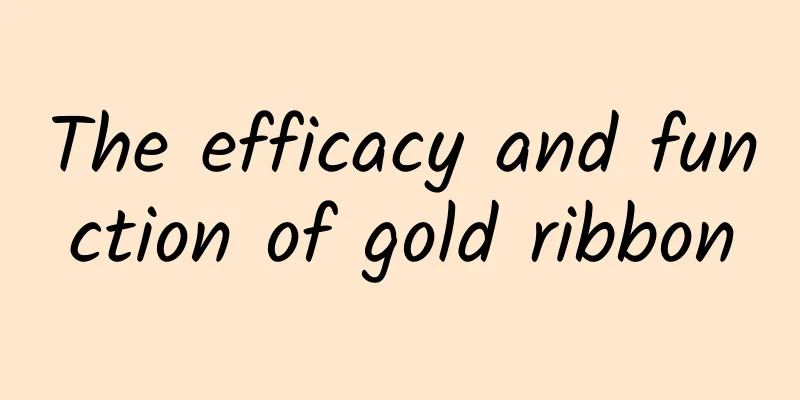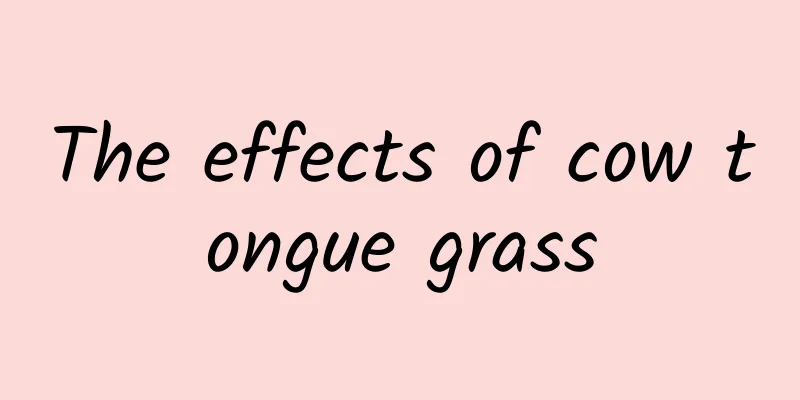The efficacy and function of rough leaf water ramie

|
In daily life, people are not only very familiar with various foods, but also come into contact with a lot of medicines in daily life. Among them, rough leaf water ramie is a relatively common Chinese medicinal material. Given that there are still many people who don’t know much about rough leaf water ramie, let’s take a detailed look at it below. [Source] Medicinal material source: the stems, leaves or roots of the Urticaceae plant Rhizoma Coptidis. [Original form] Shrub or subshrub, up to 4m high. Branchlets shortly strigose. Leaves are usually opposite, sometimes alternate in the upper part, papery; petiole 2-3cm long, hairy or glabrous; leaf blade ovate or broadly ovate, 5-10cm long, 3.5-6cm wide, acuminate or long acuminate at apex, rounded or slightly cordate at base, densely dentate at margin, 3 basal veins, rough surface, veins often sunken, veins on the back raised like a net, both sides covered with short rough hairs; stipules linear-lanceolate, caducous. Flowers are unisexual, monoecious or dioecious, with spikes solitary in leaf axils, cymes separate from each other, equal to or longer than leaves, single or branched; male flowers are about 2mm in diameter, with 4 tepals and 4 stamens; female flower clusters are spherical, about 2.5mm in diameter, with tubular tepals, covered with short, rough hairs, and filiform stigmas. Achenes are small, flat and angular, persistent perianth has short, rough hairs, and persistent style is filiform. The flowering period is September and the fruiting period is November-December. [Habitat distribution] Ecological environment: Grown under the forest on the hillside at an altitude of about 1000m. 【Nature and flavor】 Spicy, slightly bitter; neutral 【Functions and indications】Dispel wind and dampness; detoxify; treat sores. Mainly used for rheumatism, sores, burns, malaria [Usage and Dosage] For internal use: decoction, 6-15g. For external use: appropriate amount, or wash with decoction. [Discussions by various scholars] "Xinhua Compendium of Materia Medica": The whole plant can cure rheumatism, sores and toxins; the root can be used for malaria. 【Excerpt】 Chinese Materia Medica Through the introduction in the above article, I believe everyone has a certain understanding of rough-leaf water ramie. I hope everyone can follow the doctor's advice when taking it, and at the same time pay attention to exercise to enhance their own resistance. |
<<: The efficacy and function of rough leaf bark
>>: The efficacy and function of white peony root
Recommend
Zhong Nanshan's latest prediction! The second wave of COVID-19 may peak at the end of June!
On the morning of May 22, at the Biomedicine and ...
They are most afraid of you going to the hospital...
“As long as you can hold it in, there is no need ...
Chinese pine: a symbol of Chinese character
Conifers are the backbone of the forest ecosystem...
Following the light: He uses "photon imaging" to illuminate the biological world!
Fireflies are always an indispensable part of sum...
What are the effects of Mudanpi
Mudanpi is the name of a traditional Chinese medi...
Test-tube babies are not born in test tubes—when does an embryo become a “person”? |
IVF has changed the way we reproduce, but it has ...
Be careful if you have a fear of giants! There is a 3-meter-long catfish here! | Natural Trumpet
In the past two weeks, we have collected the foll...
Don't be disgusted, you may have used this potion before
If someone asks what kind of thing is most likely...
Luffa vine for sinusitis
Sinusitis can cause postnasal discharge, general ...
600 million light years away! Scientists have discovered the nearest Einstein ring. What secrets are hidden behind it?
Einstein Ring I saw a news report not long ago sa...
The efficacy and function of Little Red Man
Little Red Man is a traditional Chinese medicine....
What are the effects and functions of wind millet husk?
In the wild, you may see a creature like this, wh...
After this barren land was "reborn", it was "affirmed" by the "desert elves"
Recently, the national second-level key protected...
The efficacy and function of Pittosporum tobira bark
Chinese medicinal materials are very common, and ...
Application and compatibility of Schisandra chinensis
Schisandra chinensis is one of the most common Ch...









